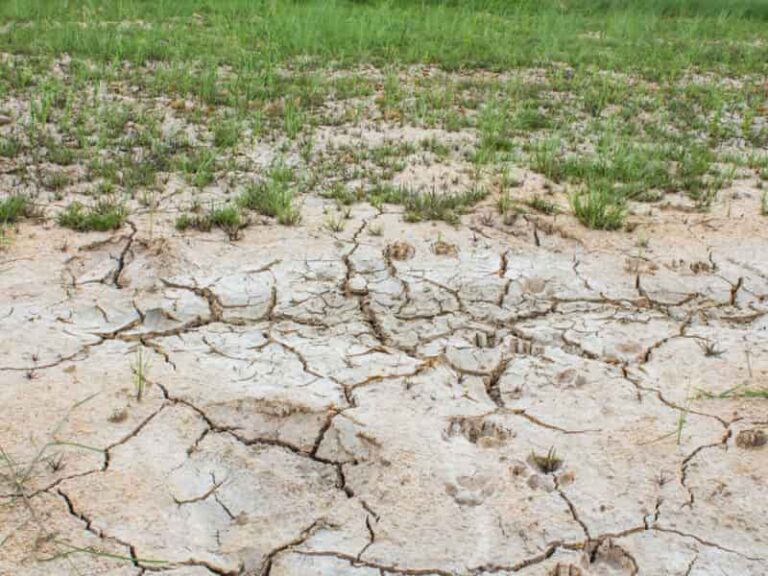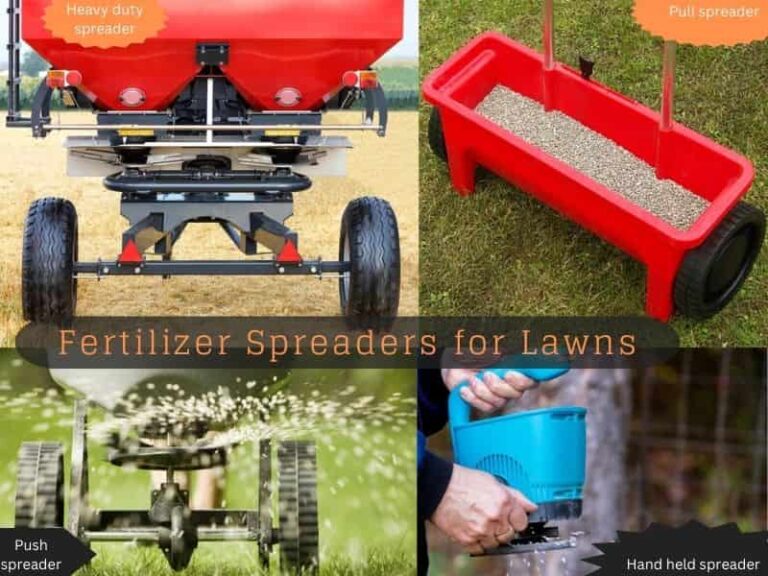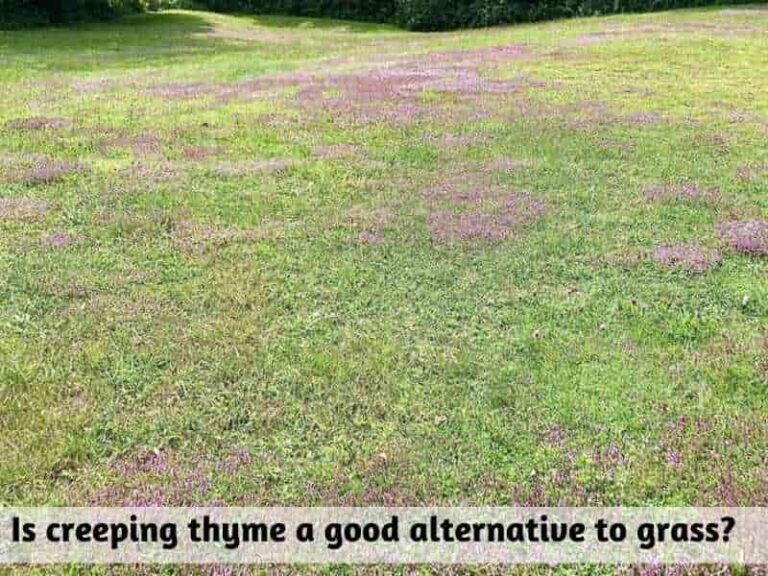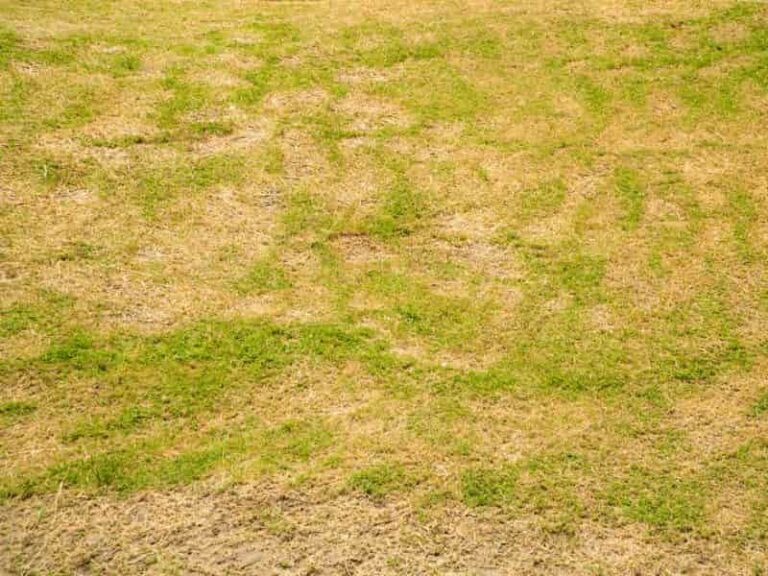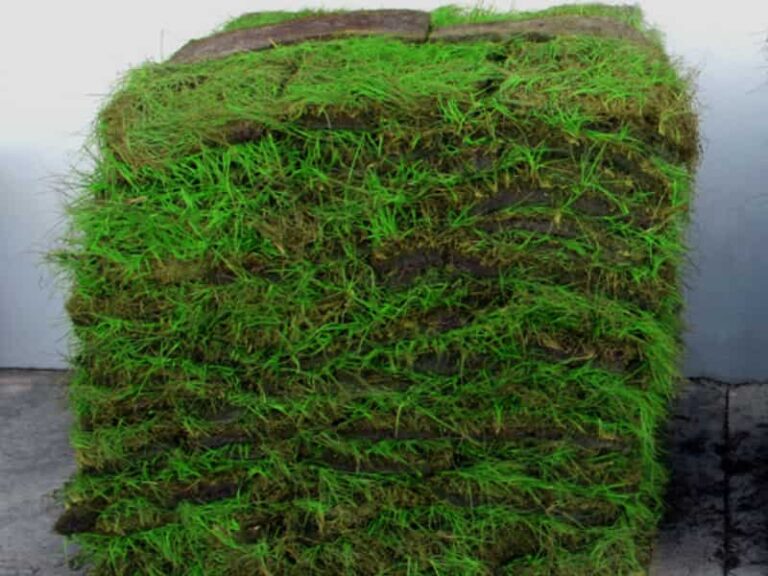Hydroseeding Your Lawn
Patchy or bare lawns aren’t exactly the most inviting sights. In turn, establishing a new lawn isn’t exactly easy peasy. You could plant grass seeds and care for them until the yard sets. But, it would take more time. However, alternatives such as hydroseeding can help establish a lawn faster and more effectively.
Hydroseeding involves spreading a slurry of seed, fertilizer, and mulch over your lawn and then spraying it with water. This mixture is spread on bare lawns or a patchy section using a sprayer rather than by hand. The mixture meets the right conditions for fast germination.
Does hydroseeding really work?
Hydroseeding works effectively to produce a healthy deeply-rooted lawn. It works better than hand seeding. However, hydroseeding will only work when you use the best material. It bypasses the shock a plant would endure during transplanting.
Hydroseeding is spreading slurry — a mixture of grass seeds, water, mulch, fertilizers, and a bonding agent — to a new lawn or bare areas to provide a vegetation cover to make the space attractive and control soil erosion.
Hydroseeding is a perfect alternative to hand seeding or installing sod. While sodding produces an instant lawn, it is labor-consuming and costly. Sodding costs $1-$2 per square foot, while hydroseeding costs $0.06-$0.15 per square foot of lawn.
Hand seeding, on the other hand, is labor-intensive and takes long before the lawn establishes. Hydroseeding is a midway alternative to sodding and hand seeding. It’s a straightforward process that takes less time and labor and provides quality grass. Hydroseeding also controls weeds since the grass seeds contain fewer weed seeds.
Furthermore, hydro-seeded seeds grow faster and outcompete weeds. Hydroseeding is done on commercial sites and residential lawns for high-quality vegetation or ground cover to prevent or control soil erosion.
Hydroseeding is best done in these areas:
- Areas proving too problematic to hand seed or install sod
- Large areas damaged by wildfires or construction
- Large lawns
- Sloppy areas
- Riverbanks
- Construction parks
- Extensive grasslands around schools, parks, and offices.
After spraying the slurry, you can see results in as little as seven days. The lawn should show thriving grass in about four weeks.
How to hydroseed lawn?
Hydroseeding is simple but requires a well-laid procedure to grow a healthy ground cover.
1. Select seeds
The grass seeds you choose can be pure strands of seeds or a blend. Select grass seeds depending on your location’s weather. Warm-season grass seeds are suitable for the southern parts, while cool-season grass seeds are best for the northern parts.
Consider the grass seeds’ qualities and match them to what you desire. Factors influencing your choice include drought, pest and disease resistance, and traffic tolerance. Popular grass seeds for southern lawns are Zoysia, Bermuda, and Centipede. Kentucky bluegrass, fescues, and ryegrasses are better suited for the northern lawns.
2. Perform a soil test
Dig soil samples from different sections of the lawn and take them to a local university extension for analysis. The specialist will recommend adjustments depending on the results. Use lime or compost to raise lower soil pH and sulfur to reduce higher pH.
A soil test determines the pH and nutrient composition of the soil.
Grass seeds germinate fast and thrive when grown in soil with favorable pH between 6.5 to 7.5.
To allow enough time for adjustments and soil recovery, perform the soil test not less than six months before establishing a lawn.
3. Clean the ground
The ground should be clean before spreading slurry to let it contact the soil for germination.
Clear tree stalks, leaves, and other debris from the lawn. Hand-pull young, unestablished weeds to remove them. Use a non-selective herbicide to kill established weeds from the lawn.
4. Grade the soil
Grade the soil to 2.5 to 3 inches to prevent it from going to the nearby areas.
Grading the soil prevents the slurry from spreading to the surrounding, where it might cause moisture issues and destroy structures.
5. Apply topsoil and compost
Spread two inches of topsoil and compost to the graded soil. Topsoil and compost provide nutrients for growing grass seeds.
6. Re-grade the area
Grade the area again to create a smoother surface for the hydro seeds. Use a grading rake for small areas and a power rake for larger areas.
7. Prepare the hydroseeder
Mix the slurry to spread evenly over the area to produce a uniform lush lawn. Add the slurry to the hydroseeder and turn on the agitator to mix it nicely.
8. Apply the grass seeds
Using the sprayer and hydraulic machine, spread the slurry throughout the target area.
9. Water the lawn
Turn on your sprinklers immediately after spreading the grass seeds to water the area and initiate germination. Water the lawn thrice or four times daily for about 15 minutes per session for the first two weeks. Grass seeds take between 7 to 10 days to sprout, depending on the type used.
After two weeks, reduce watering sessions to twice. Prolong the watering sessions. Grass seeds continue to grow and establish on the lawn.
The hydro seeds will establish after one month. Continue to water the area like a regular lawn. Irrigate once weekly with about 1.5 inches of water as the grass develops.
While the hydraulic mulch seeded area establishes after one month, the area should be treated with exceptional care for the next 3 to 4 months before being used normally.
10. Restrict movement on the lawn
Cordone off the area with temporary fencing for 3 to 4 months to restrict heavy foot traffic. The grassroots are barely established and will likely succumb to high traffic.
11. Apply fertilizers
Feed the lawn with a starter fertilizer with an NPK ratio of 19-19-19. The next fertilizer application should be eight weeks after the first treatment.
A balanced nitrogen, phosphorus, and potassium ratio encourages healthy growth. Phosphorus helps establish strong deep roots, while nitrogen ensures fast growth, green leaf blades, and healthy growth.
12. Mow the grass
Mowing keeps the grass attractive and controls weeds. Mow the new lawn four weeks after hydroseeding. The mowing height and frequency depend on the grass seeds. Use a sharp blade and cut not more than one-third of the leaf blades per mowing session.
The hydroseeded lawn will be ready after 3 to 4 months.
How do I prepare my lawn for hydroseeding?
Perform a soil test, clear the ground, grade the soil, till the area, add topsoil and compost, and regrade to prepare your lawn for hydroseeding.
1. Do a soil test
A soil test helps determine the pH and nutrient composition of the soil. Before hydroseeding, the ground should have a suitable pH to favor the grass seeds’ growth.
Dig soil samples from different sections of the lawn and take them to a nearby university extension for a test. After the analysis, they would give you recommendations based on the results. Add lime or compost to raise lower pH and sulfur to lower high pH.
2. Clear the area
Remove stones, stalks, leaves, and other debris from the ground. Clear weeds from the area by either hand pulling young unestablished ones or applying post-emergent herbicides on grown weeds.
Apply a pre-emergent herbicide to kill weed seeds that might be lying on the lawn.
3. Grade the soil
Grading the ground prevents the slurry from spreading to the surrounding. Make a slope away from the buildings, and fill in low-lying areas. Correct drainage issues to ensure the soil is well-drained. The graded layer should be 2.5 to 3 inches thick.
4. Till the area
Tilling the ground is vital to break compact soils to allow for the passage of air, water, and nutrients to the grassroots. Use a spike aerator to remove at least 2 inches of small soil plugs to create air spaces and loosen the soil. Tilling also allows the topsoil to bind to the subsoil more easily.
5. Add topsoil and compost
Topsoil and compost add nutrients to the soil to germinate and grow the grass seeds. Spread topsoil and compost mixture to 3 inches to enrich the soil with nutrients.
6. Re-grade the soil
Grade the soil the last time to create a smoother surface for spreading the hydraulic mulch seeds. Use a grading rake on small lawns but a power rake on large areas.
When should I hydroseed my lawn?
Spring or fall is the best time to hydroseed your lawn. The air is cool, and the soil is moist enough to favor the germination of the grass seeds.
Summer’s high temperatures are unsuitable for germination. Besides, high temperature increases evaporation. You have to water the seeds often, increasing the irrigation cost of the new lawn.
Winter is not a good time to hydroseed lawns because too cold temperatures make seeds dormant.
Is hydroseeding toxic?
Hydroseeding is safe and non-toxic to the environment, pets, or humans. The slurry components are similar to hand seeding; they don’t irritate when they contact the skin or eyes.
Kids and pets can safely use the hydro-seeded area. However, movement on the lawn is restricted to avoid harming the grass before roots are fully established.
Will hydroseed grow on clay?
Hydroseeds will grow on clay soils if the grass seeds are compatible with clay or if amendments are made two months before hydroseeding to make the soil more favorable.
Some grass seeds like tall fescues thrive in heavy clay soils even if no amendments are made. However, if the grass seeds prefer loamy or sandy soils, the soil has to be adjusted to favor the grass seeds’ growth.
Can you hydroseed by hand?
Technically, you can hydroseed by hand. However, effective hydroseeding is best done using special tools. Using hands to hydroseed a lawn is not practical.
Hydroseeding uses hydraulic machines, sprayers, and other tools to mix the slurry components in acceptable proportions and spread them evenly over the area to produce a more uniform lawn.
Does hydroseeding stop soil erosion?
Hydroseeding is a quick fix to stop and control soil erosion in slopes, near river banks, and other areas prone to soil erosion. The slurry components bind faster to hold the soil particles together and firm the soil.
Furthermore, grass seeds in hydraulic seed mulch germinate faster because of enough moisture to develop deep roots that bind the soil particles, making the ground stiff and less susceptible to erosion.
References
- Michigan State University: Establishing a New Lawn Using Seed.
- University of California Agricultural and Natural Resources: Hydroseeding.

